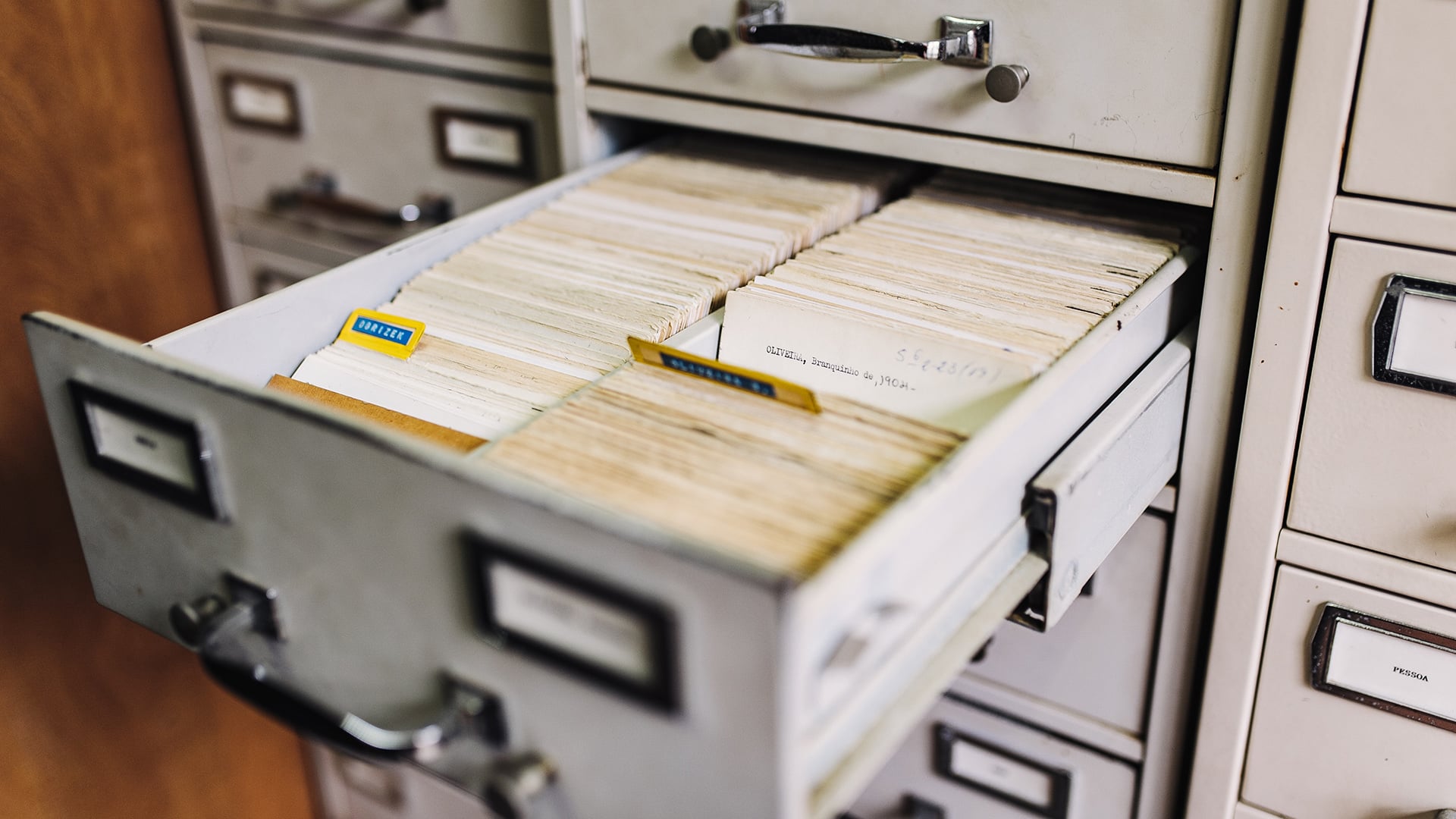There are many different ways to keep busy during this unique time period, such as sorting the countless files lying around on your computer, memory card or hard drive, including organizing photos. Photos are usually among the most space-consuming ones, they’re saved over and over again, and we often forget about them for years.
So the time has finally come to go through your images and sort them out. If you want to know how to organize your photos, following are some tips to help you do this faster and more efficiently.

You’re getting blind.
Don’t miss the best of visual arts. Subscribe for $9 per month or $108 $90 per year.
Already suscribed ?



